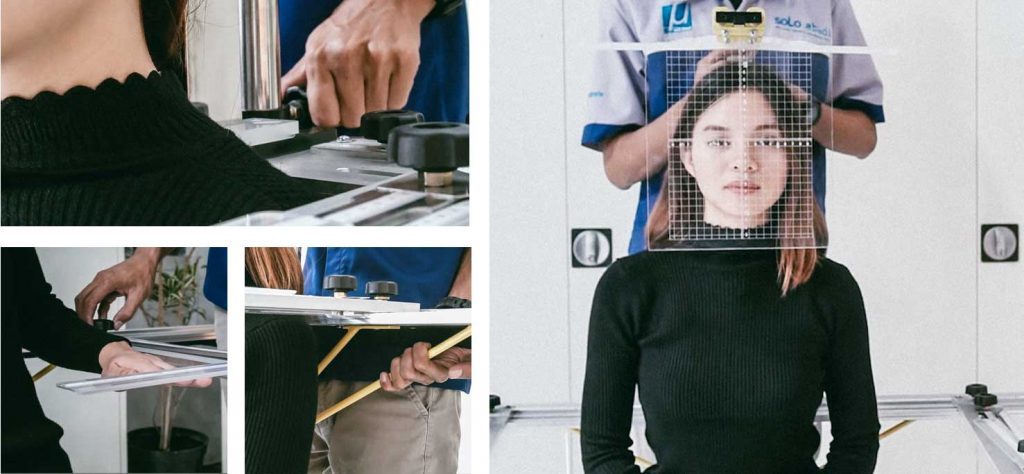Architecture and Interior Design is a science based on problem solving that starts with understanding human needs. However, in designing a space there are several factors that must be considered, one of which is Proxemic. Here is the role of proxemic in architecture and space design!
What are Design Determinants in Architecture?
Various considerations may be present in the design considerations of a space. However, these interests often overlap. For example, in the context of public health services, health staff need maximum lighting in their work, but on the other hand, patients want soft lighting. Therefore, it is necessary for the architecture to pay attention to the following factors:
1. Human Factor or Ergonomics

In the science of design design for architecture, creating a safe and effective space for its occupants is a goal that must be achieved. That is, man is the measure of all things or humans are the focus of this science, where humans are the determinants and goals. This is studied in the science of ergonomics.
Ergonomics is a systematic branch of science that utilizes various information about limitations, abilities, characteristics to human behavior to then design procedures and the environment in which human activities are carried out. In a sense, it is necessary to carry out communication and data collection related to the human dimension.
The reason is, Ergonomics is not only about spacious or the relief and efficiency of a space. However, the science of ergonomics also means the interaction of humans with the environment and the tools they need. Thus, the tool must also be in accordance with human abilities and needs or in short, must be ergonomic. So, it is not only architecture that puts forward the principle of ergonomics, but also in the selection of furniture. Ergonomics is indeed a science that can be applied to both on the basis of anthropometric data. Anthropometric data is data obtained after carrying out various measurements of the dimensions of the human body needed in carrying out their work.
Read More : Anthropometry in Architecture, Some Things You Need to Know !
2. Proxemics
“Thousand of experiences teach us, that spaces communicates”
E.T. Hall
In human development, non-verbal communication initiates other forms of communication. In a sense, this communication is built with facial expressions, body gestures which are also combined with lexical content to form an interpretation. This is examined in the study of culture. According to Knapp, communication is formed by Environmental Factors, Proxemics, Kinesics, Touching Behavior, Physical Characteristics, Paralanguange and Artifacts.

Of the seven forms of communication, Proxemics is something that is studied in several disciplines, one of which is architecture. Terminologically, Proxemic refers to the study of space. This study is based on the nature of humans as territorial creatures. In other words, Proxemic is the study of the means by which individuals can make use of physical space in interacting with one another. It must also be based on a culture where each person has their own standards. Therefore, it is important for Architecture to approach the client regarding this matter or in architectural science this is known as Behavioral Architecture.
The fundamental standard areas of Proxemics are:
- Intimate Distance (0-1.5 ft), the intimate zone is considered unsuitable when applied to public spaces.
- Personal Distance (1.5-3 ft), Bubble zone, intended for people who already know each other.
- Social Distance (4-11 ft), a generalist zone intended for gathering or commonly referred to as a business zone.
- Public Distance (12 ft-25 ft), a public zone where public interaction occurs. That is, it requires a loud voice, formal language and others depending on the context of the event
1.Fixed Feature Space
This space refers to the patent forms on the walls and territorial buildings. For example houses, buildings, classrooms, workspaces and others. The use of this space can make the user in it comfortable or demotivating. Therefore, it is important for Architecture to know this.
2. Semi Fixed Space
This category is more important in the context of interpersonal communication. In this case, the object is fixed. While objects and space give an impression to the object. This category is divided into Sociofugal Space, which transmits connotative meanings such as big, tall etc. As well as Sociopetal Space, this category stimulates involvement in the communication process.
Read More : What is the role of anthropometry in Architecture?
Anthropometric Measurement Tool for Basic Architectural Design
Human variability and diversity can be based on anthropometric data obtained through the measurement process. As explained above, Anthropometric measuring instruments are Portable Anthropometry and Anthropometry Chairs. Both can measure the dimensions of the human body starting from the dimensions of sitting and standing, including the dimensions of the face.


The Anthropometry Chair from PT Solo Abadi Indonesia is the first anthropometric chair in the world. With qualified specifications, the Anthropometry Chair has gone through a calibration process that verifies the anthropometric data generated. Not only that, the Anthropometry Chair can measure up to 34 dimensions of the human body.
The Most Precise Anthropometric Measuring Instrument is now 25% OFF!
From the narrative above, it can be concluded that anthropometric data of the human body plays a very important role in the study of architecture. An instrument that is precise, easy to move and has complete functions is required. Portable Anthropometry from PT. Solo Abadi Indonesia is an innovation of 100 Anthropometric measurements in a set of Anthropometric tools. This instrument can also be used to take measurements in a sitting and standing position, according to the body features required in Forensic Anthropometry.
BOOK YOUR 25% OFF NOW
Check out the Tutorial on Measuring Sitting and Standing Positions with Portable Anthropometry here
Contact our team for further consultation via WhatsApp. Further information regarding product details and educational information regarding anthropometric measurements can be accessed through our official website at www.soloabadi.com.







